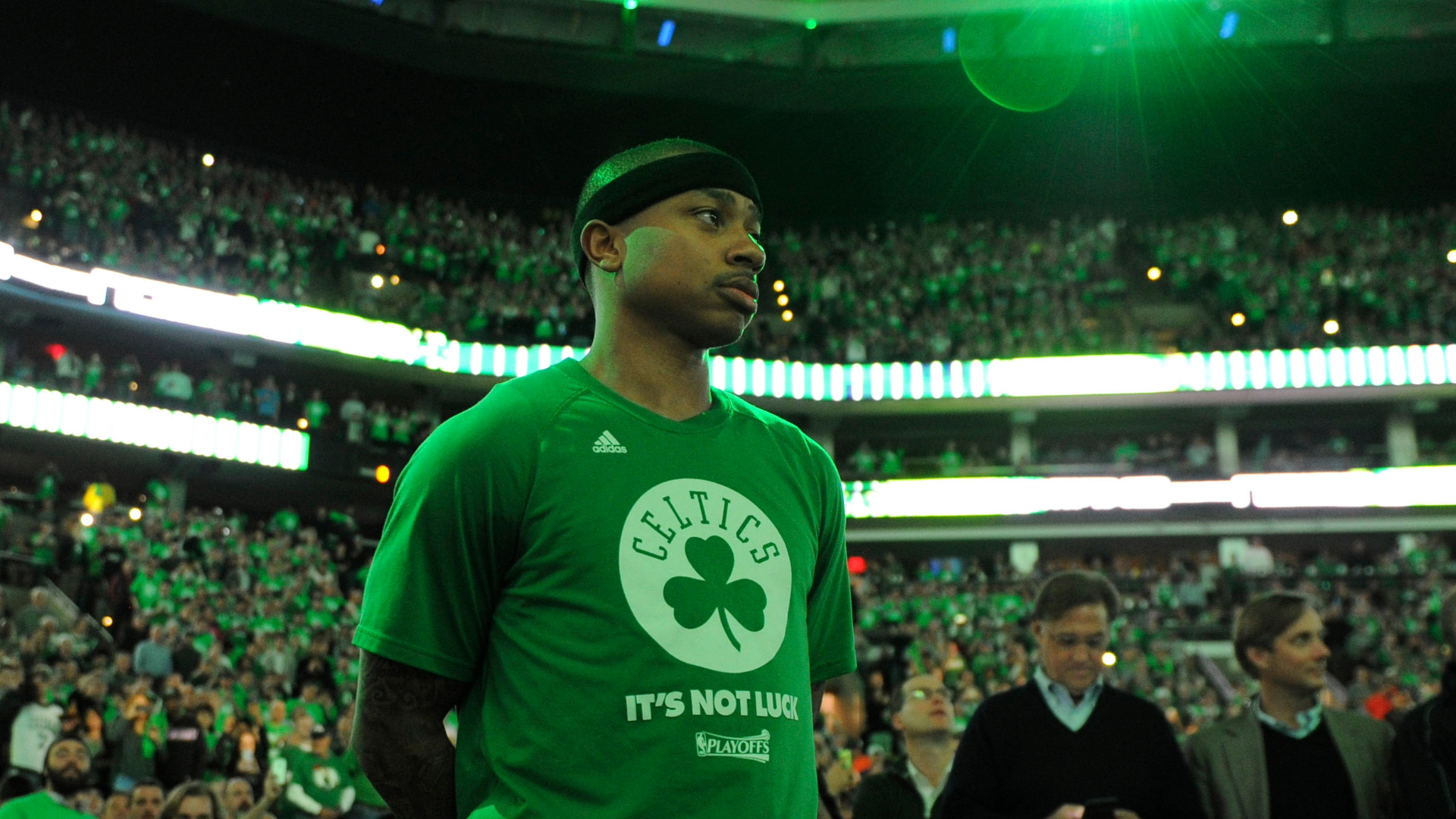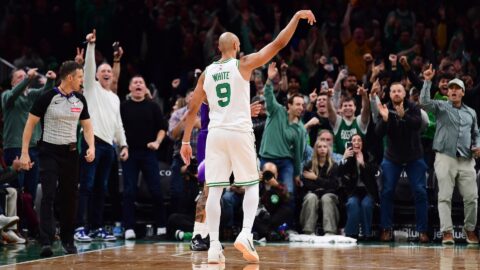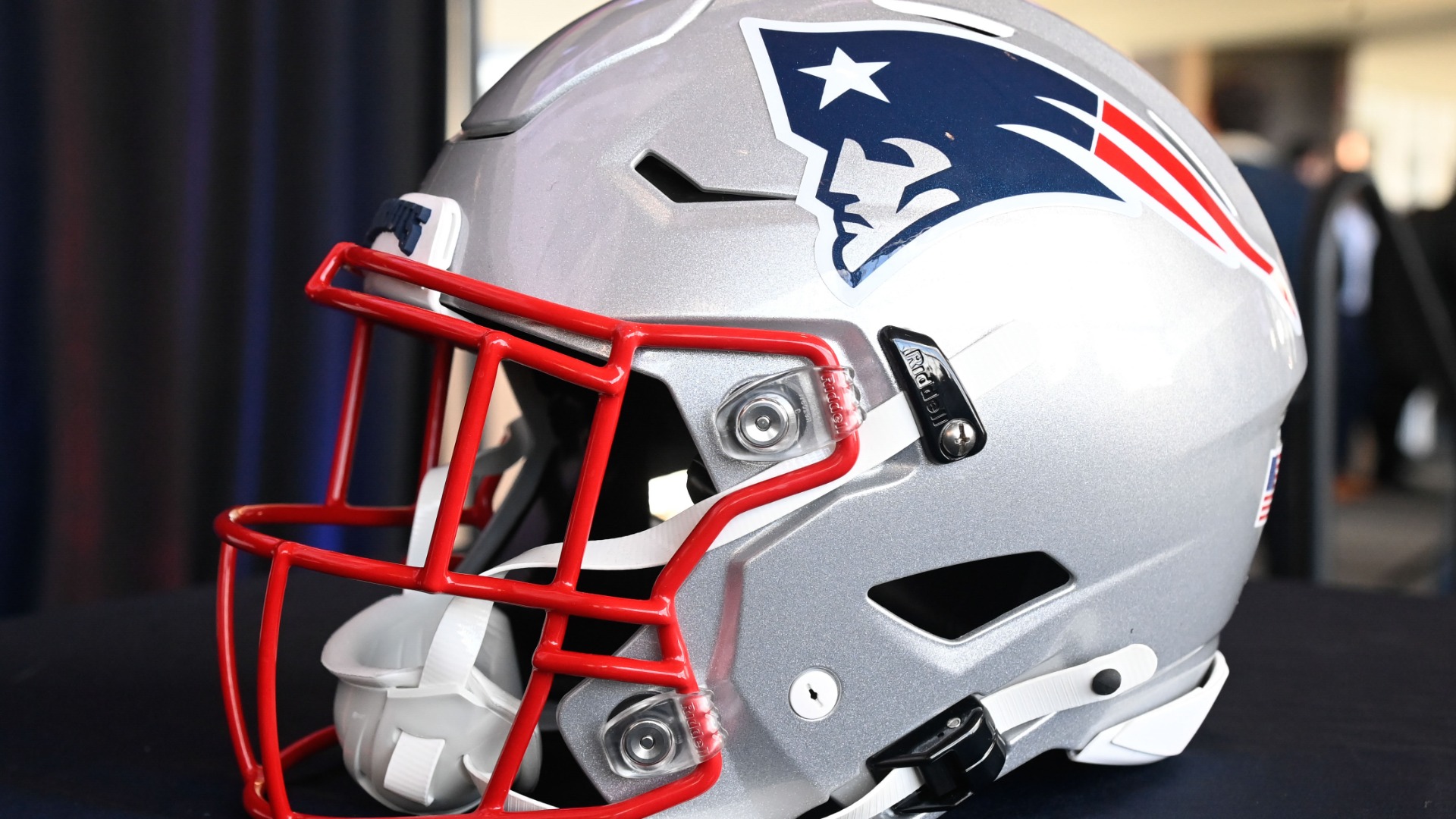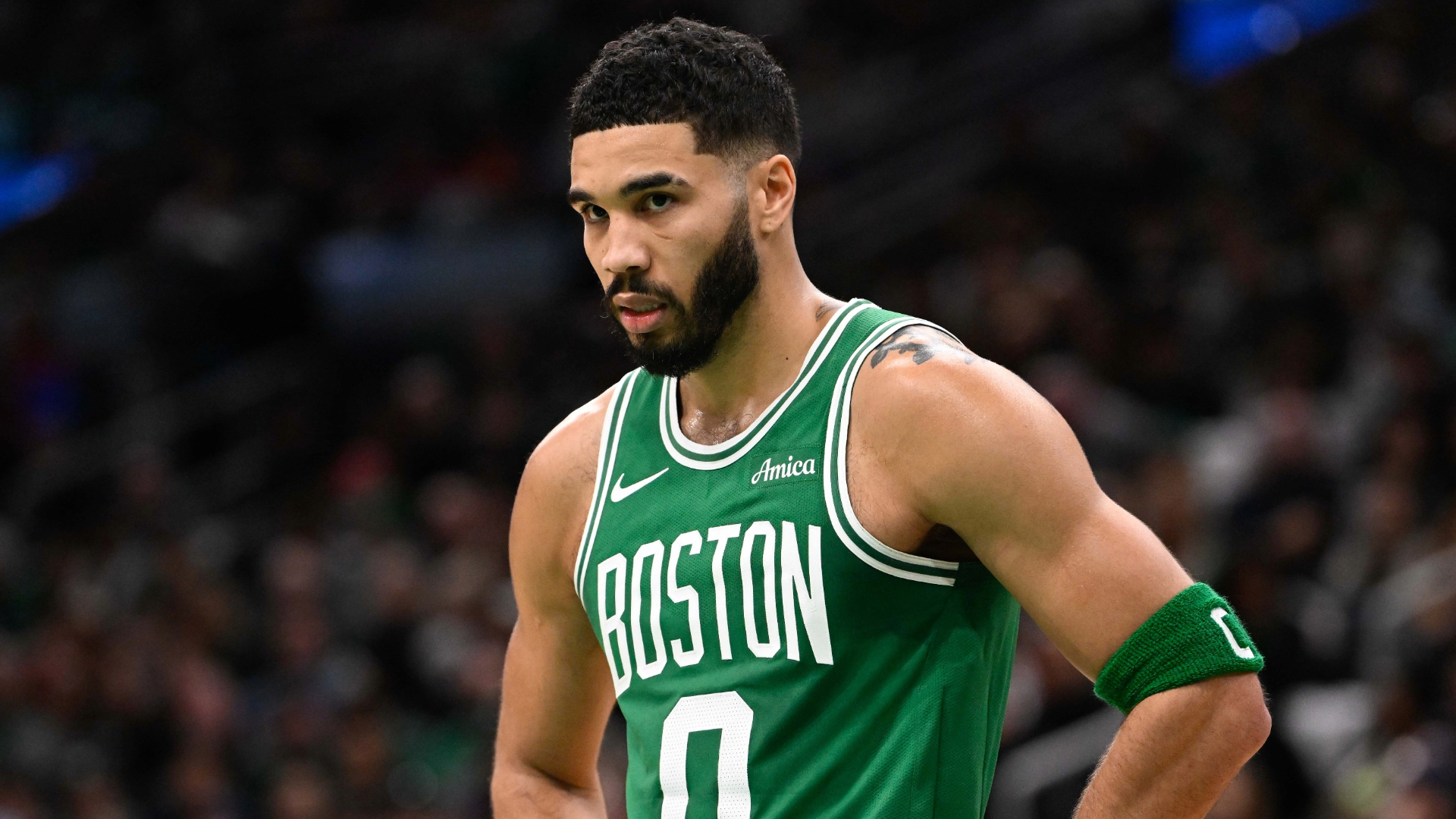If Tyler Seguin had any doubts about the interest he has stirred in a Boston hockey fan base restless after nearly four decades without a championship and disheartened by a historic playoff collapse this spring, they were erased in early July.
Thousands flocked to Ristuccia Arena in the midst of a blistering heat wave just to catch a glimpse of the new Bruins phenom as he took part in drills and scrimmages at the club's development camp. For the first time in the camp's four-year history, the Wilmington rink was packed to capacity on the final day, and the slick-skating 18-year-old was the main attraction.
All eyes will be on Seguin again next month when he returns for training camp, and expectations will be enormous for the second overall selection in this June's draft. But what should the Bruins realistically expect from the talented young forward?
Bruins general manager Peter Chiarelli has attempted to temper those expectations since selecting Seguin, but the bar has been set high by the early success of the top picks in recent drafts.
Last year, first overall pick John Tavares put up 24-30-54 totals with the Islanders and third overall selection Matt Duchense had 24-31-55 totals in Colorado. Steven Stamkos, the No. 1 pick in 2008 and a player Chiarelli compared Seguin to before the draft, started slow in his first year in Tampa, but still finished with 23-23-46 totals as a rookie, then exploded for 51 goals and 95 points last year.
But for every Stamkos, there are cautionary tales like Kyle Turris. The third pick in 2007 by Phoenix still hasn't made an impact for the Coyotes, spending last season with their AHL affiliate in San Antonio. Even success stories like Conn Smythe winner Jonathan Toews (No. 3 in 2006), Bobby Ryan (No. 2 in 2005) and Nicklas Backstrom (No. 4 in 2005) needed more seasoning in college, juniors, Europe and the minors before blossoming as NHL stars.
Anything in the range of 20 goals and 50 points for Seguin this year should be considered an extremely successful season. The last Bruins rookie to top those numbers was Brad Boyes in 2005-06 when he had 26-43-69 totals. But Boyes was 24 that year and had been traded twice and played two more years in the OHL and three in the AHL after being drafted.
Boston's two most recent high first-rounders did make the leap directly to the NHL, but neither made a major impact right away. Joe Thornton was selected first overall in 1997, but Pat Burns used him sparingly as a rookie and he managed just 3-4-7 totals in 55 games. Phil Kessel, the No. 5 pick in 2006, had just 11-18-29 totals in 70 games as a rookie, and it wasn't until his third season that he really emerged as a top sniper with 36 goals in 2008-09.
Seguin expects to make a bigger splash as a rookie.
"My goal is to come into camp, play well and make an impression, work my hardest to earn a spot and be an impact player in my rookie year," said Seguin during the development camp.
The Bruins could use an instant influx of offense after finishing last in the NHL in scoring last year. But they have to be careful not to put too much pressure on Seguin, even if he seems to relish the challenge of producing right away.
"I think when I look at pressure, I try to turn a negative into a positive and look at it as it's fun to be in the media spotlight sometimes," said Seguin at his introductory news conference at the Garden. "With the draft, it's been a heck of a ride. Obviously, going to a team like Boston, if I made the team as a rookie, already being on a contender for a Stanley Cup team, I think that would be awesome."
Assuming Seguin makes the team as anticipated, there's still the matter of where he will play. He's a natural center, but does have experience on the wing. If the Bruins don't trade Marc Savard, Seguin is likely to start his NHL career on the wing, with Savard, David Krejci and Patrice Bergeron already set as the club's top three centers and coach Claude Julien unlikely to follow Burns' model and start Seguin out in a fourth-line role.
Instead, Seguin could play wing either with veteran linemates to learn from like Bergeron and Mark Recchi or on a scoring line that might better utilize his speed and skill with Savard or Krejci. Starting on the wing would minimize Seguin's defensive responsibilities as he learns the NHL game, though his long-term future remains at center.
"I think right now it's about just making the team," said Seguin, who still needs to be signed to an entry-level deal. "There's no talk about where I'd actually be playing. It's a tough club to crack. I'm confident in my skills. I'm going to have a good offseason and come in here and try to earn my spot.
"My rookie year [in the OHL] I played wing," added Seguin. "This past year I played center, so I'm comfortable and confident in either spot."
Seguin will also get help off the ice, as the Bruins plan to set up housing arrangements to have him live with a host family or possibly with a veteran teammate. The leadership on the team with veterans like Recchi and Bergeron, each of whom made the leap from juniors to the NHL as 18-year-olds as well, will also aid in the transition for what the Bruins hope will be a long and productive stay in Boston.
NESN.com will answer one Bruins question every day in August.
Monday, Aug. 2: Will Milan Lucic be back at 100 percent and be a dominant physical presence again this year ?
Wednesday, Aug. 4: What options do the Bruins have to solve their cap problems?



